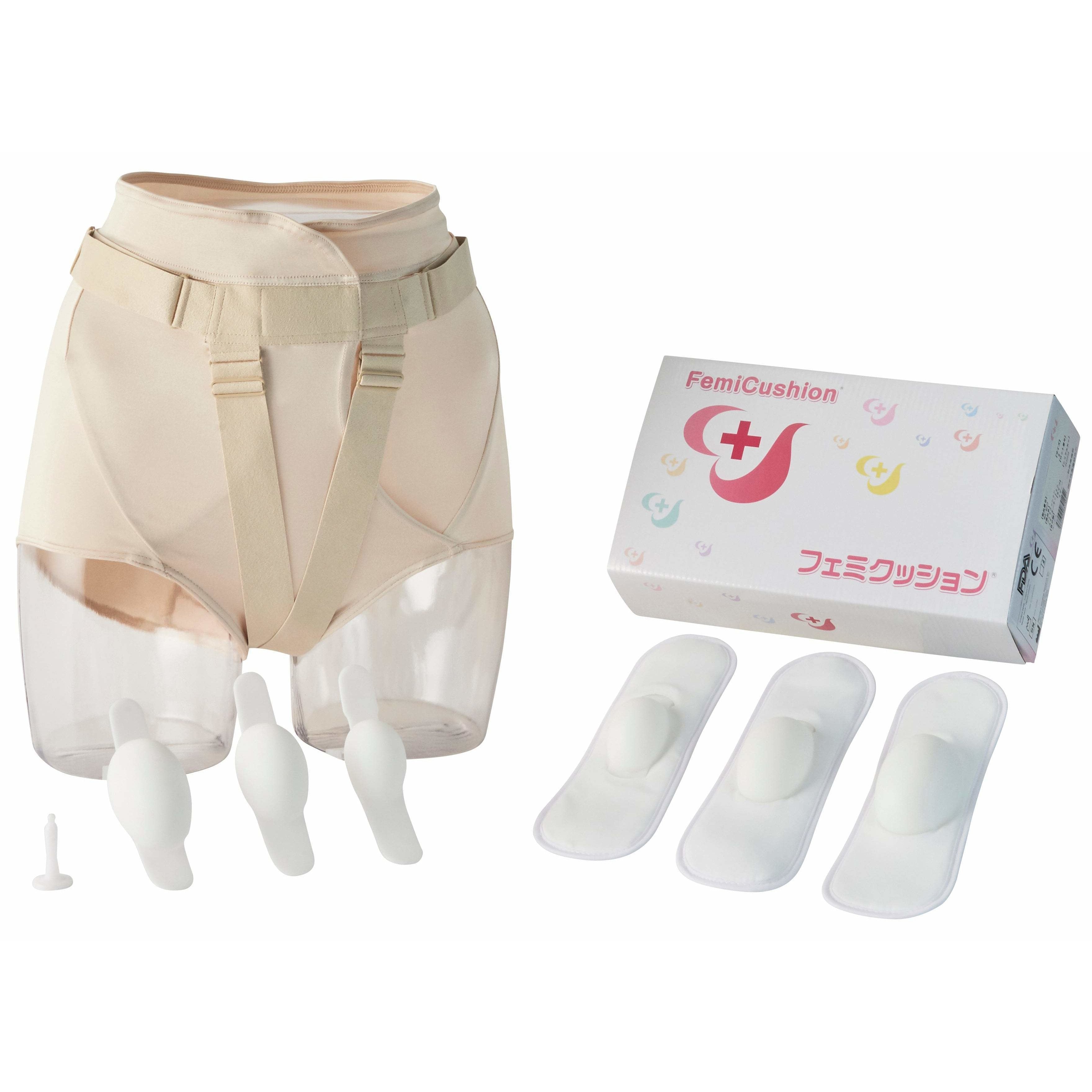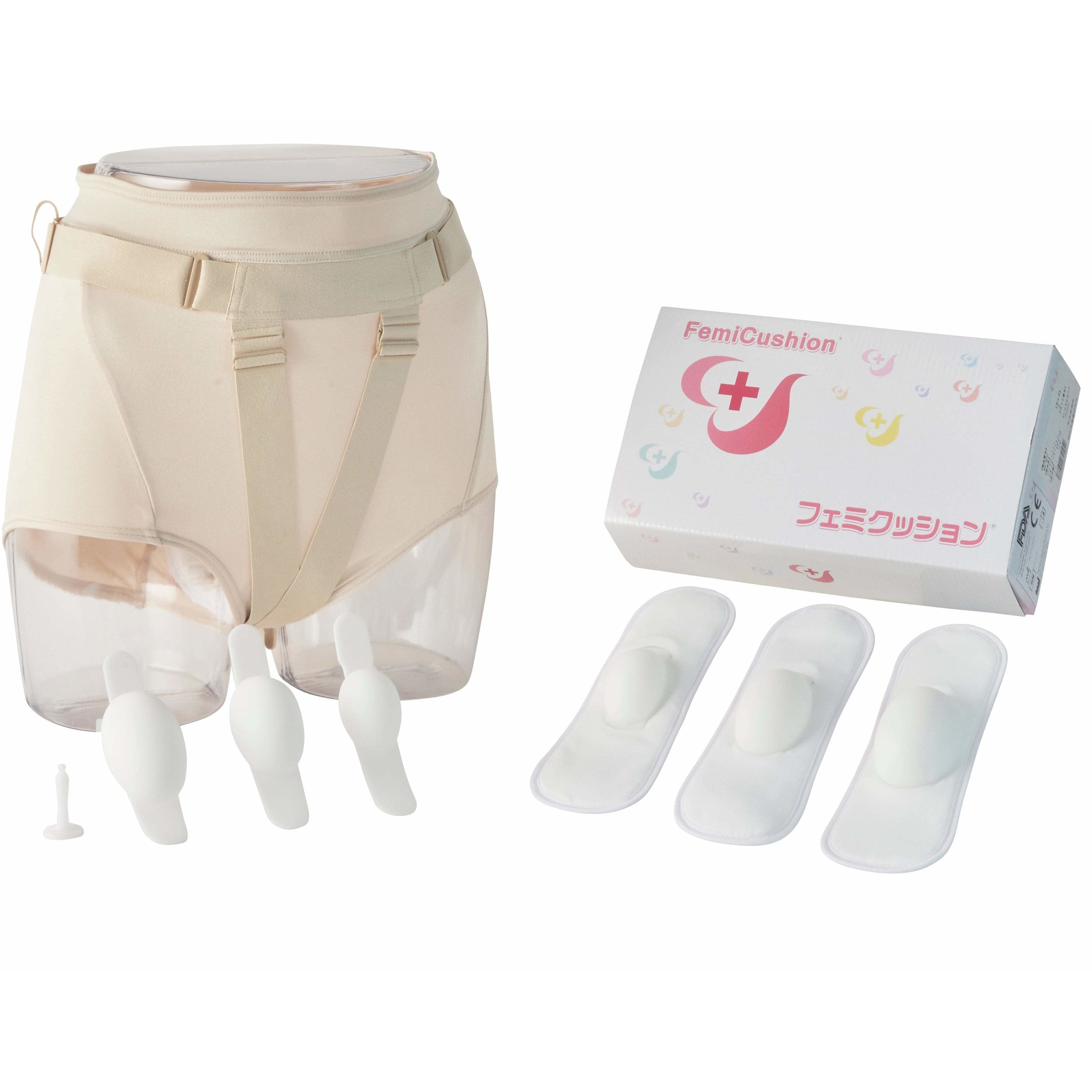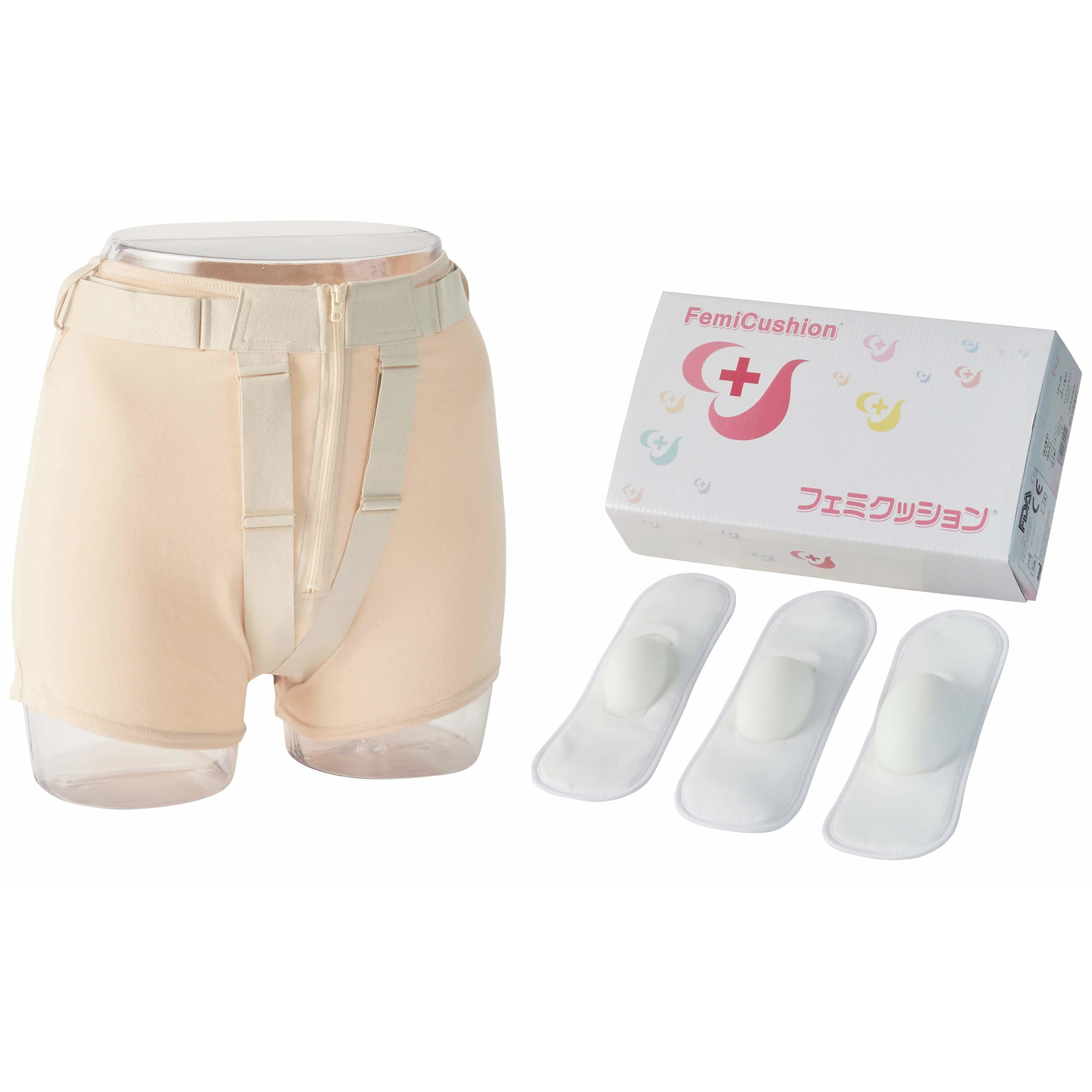Urinary incontinence (UI): Bladder Control Problems
Table of Contents

Urinary incontinence (UI) is the leakage of urine due to the loss of bladder control and the inability to control urination. This condition can range from being a minor problem to a huge burden that affects the daily life of both men and women. It is estimated that half of women who have experienced childbirth experienced some type of urinary incontinence to a certain degree. Although such a large amount of women are trouble by this condition, many will keep to themselves as a fear of embarrassment. There are many ways to treat urinary incontinence, so please don’t be afraid to seek help from a specialist.
Different types of urinary incontinence
Stress urinary incontinence
The state in which urine leaks when pressure is applied to the abdomen is called stress urinary incontinence (SUI). It is the most common urinary incontinence among women. Activities such as coughing, sneezing, laughing, jumping, or lifting heavy objects can cause urine to leak due to SUI. Pelvic organ prolapse such as uterine prolapse and bladder prolapse (cystocele) are common causes of stress incontinence.
Urge incontinence
Urge incontinence is the loss of bladder control and the sudden desire to urinate. For example, the moment you twist the faucet and hear the sound of water then all of a sudden get the urge to use the bathroom (sense of urgency), or the moment you see the toilet and urine leaks against your will. Urination is usually controlled by brain commands, but in many cases, the bladder contracts causing leakage without a reason. Going out is a hassle with urge incontinence and many people tend to locate the bathroom beforehand when they are outside. Pelvic organ prolapse such as uterine prolapse and bladder prolapse (cystocele) in women are also causes of urge incontinence.
Overflow Incontinence
Overflow incontinence or sometime referred to as dribbling is another urinary disorder in which the person is unable to control their bladder. The inability to fully empty the bladder results in the urine accumulation leaking out little by little due to a full bladder. The person may or may not experience the urge to urinate before the leakage happen.
Functional Incontinence
Functional incontinence occurs when the person’s urinary functions normally however, they are unable to access the toilet before the urine leakage. This can be due to both physical and cognitive factors. Physical factors including difficulty removing clothing to access the toilet, a condition that prevent the person to reach the toilet in a timely manner, or musculoskeletal problems like back pain and arthritis. Cognitive factors includes dementia which prevent the person to think clearly of where the restroom is located at or the need to urinate. In some other cases, medications such as sedatives can also cause function incontinence causing people to be unable to recognize the urge to use the bathroom.
Mixed Incontinence
If a person shows symptoms of both stress and urge incontinence, this is classified as mixed incontinence. This condition affects more women that men and most women who experience incontinence has mixed incontinence.
Reflex Incontinence
Incontinence due to neurological impairment in which the muscles in the bladder involuntarily contract without warning or urge.
Causes of urinary incontinence:
Causes include chronic strain on the pelvic floor muscles such as constipation and asthma, lifting with heavy objects, deterioration of the pelvic floor muscles due to aging (menopause), pelvic floor disorders (pelvic organ prolapse), childbirth, smoking, obesity, loosening of support for the urethra, etc.
Visiting the Doctor for urinary incontinence
If you suffer from any types of urinary incontinence listed above, it is important to see a specialist to get it diagnosed for treatment. At the doctor’s you may go through the process below.
Interview:
The doctor will ask a series of questions to interview the patient on their condition and their family medical history. The doctor may also ask the patient to keep a bladder diary documenting the when and how much liquid is consumed, when and the amount of urination, and if any leakage occurred.
Urinalysis:
A sample of the urine is take to test for urinary tract infections and other abnormalities.
Examinations:
Cough Test: cough on purpose to test for any urine leakage.
Physical examination to check for presence of prolapse of the pelvic organs.
Chain urethral cystography examination: A contrast dye is injected into the bladder, and a chain is inserted into the urethra. An x-ray is taken to evaluate the presence or absence of bladder droop and the posterior urethral bladder angle.
Disclaimer: The information on this site is not intended or implied to be a substitute for professional medical advice or diagnosis. All content, including text, graphics, images, and information, contained on or available through this website is for informational purposes only.
Supervising Doctor of This Article

Koichi Nagao, MD PhD
Professor, Department of Urology, Toho University Faculty of Medicine
Director of Urinary tract reconstruction center, Toho University Omori Medical Center
Director of Reproduction Center, Toho University Omori Medical Center
Professor Nagao specializes in plastic surgery in the field of reproductive medicine. He completed eight years of plastic surgery training at Showa University before majoring in urology at Toho University. With his meticulous surgical techniques and careful examinations that combines urology and plastic surgery, Professor Nagao became a Board Certified Specialist with multiple associations including the Japanese Urological Association, the Japan Society for Reproductive Medicine, and the Japanese Society for Sexual Medicine.
The suggested Products

FemiCushion EasyOpen Deluxe Kit
$299.99

FemiCushion Standard Deluxe Kit
$299.99

FemiCushion Lite Kit
$249.99




